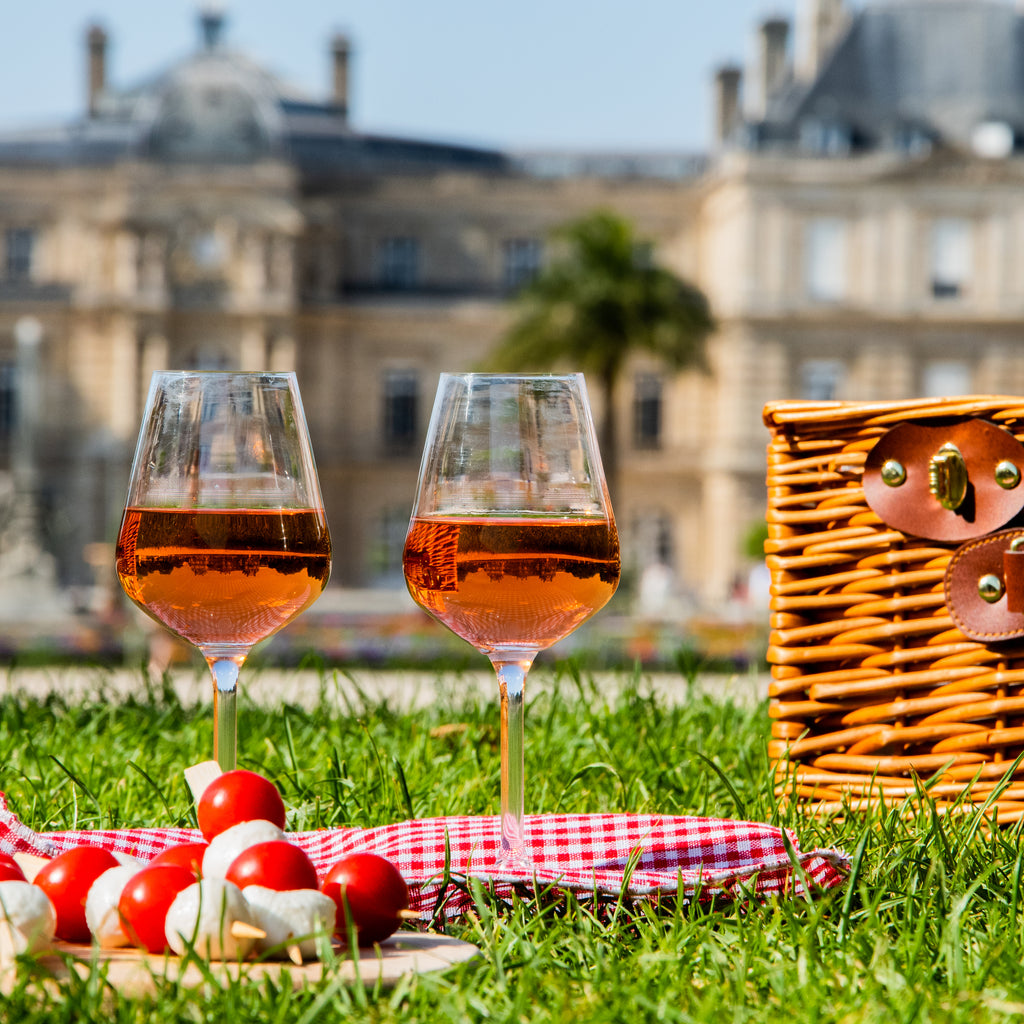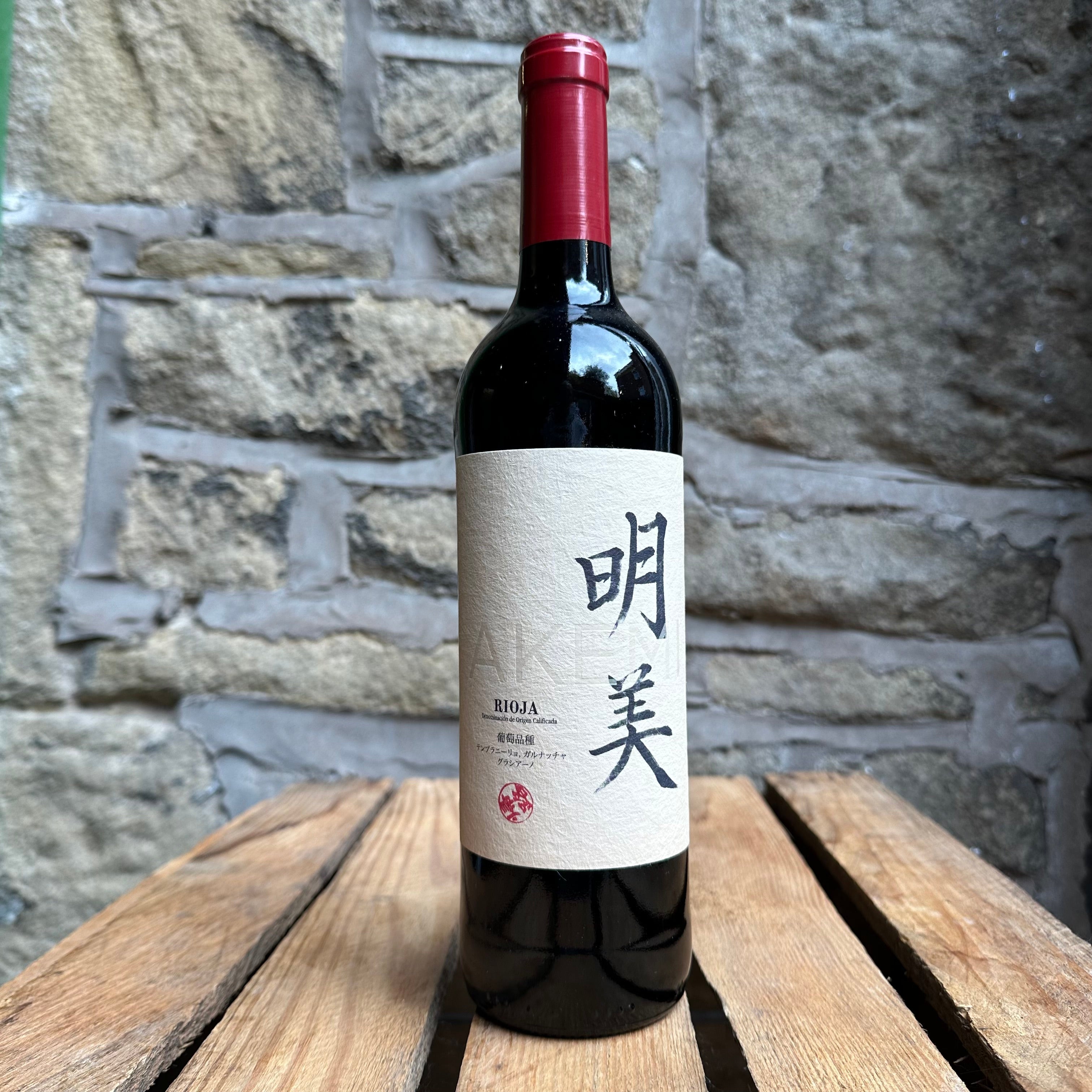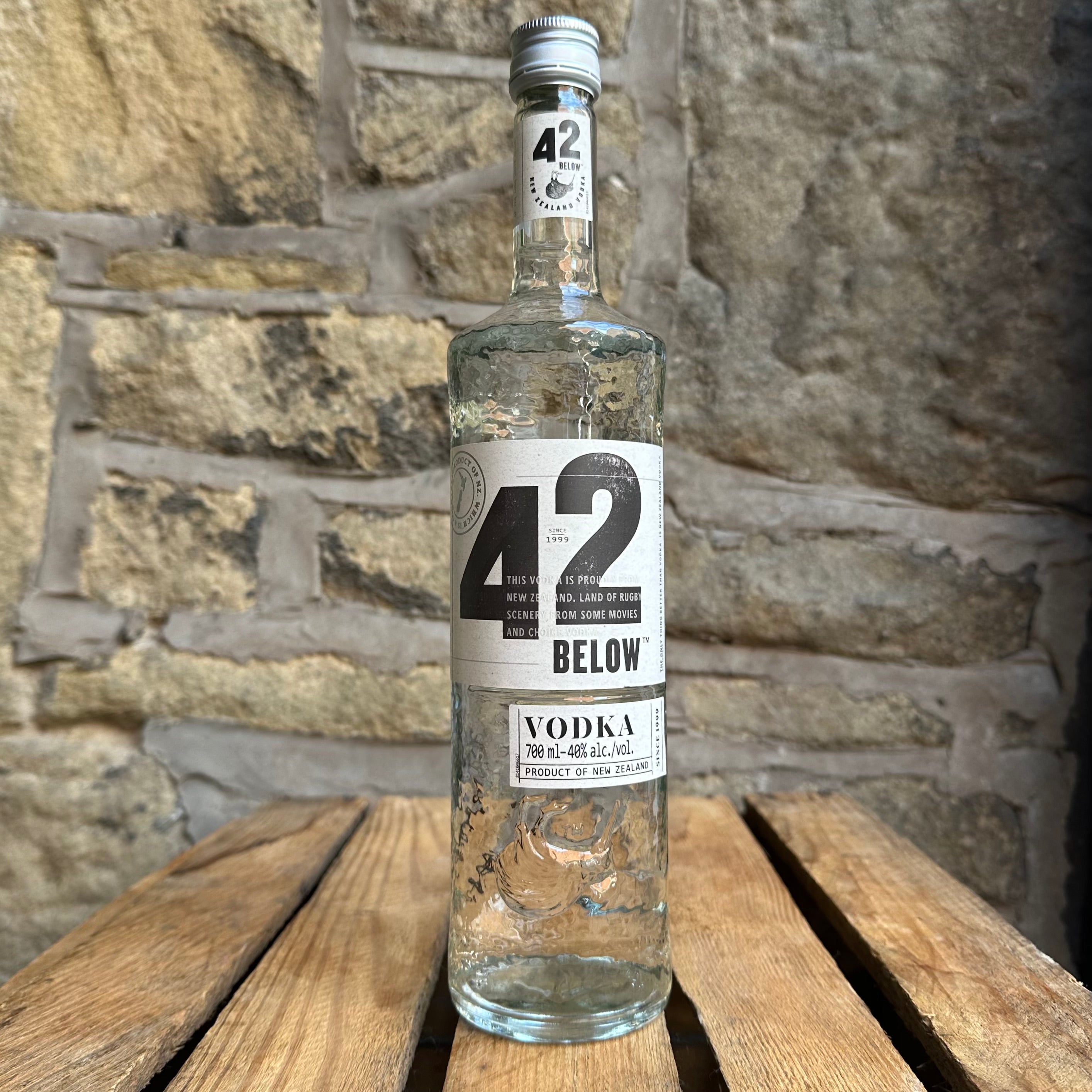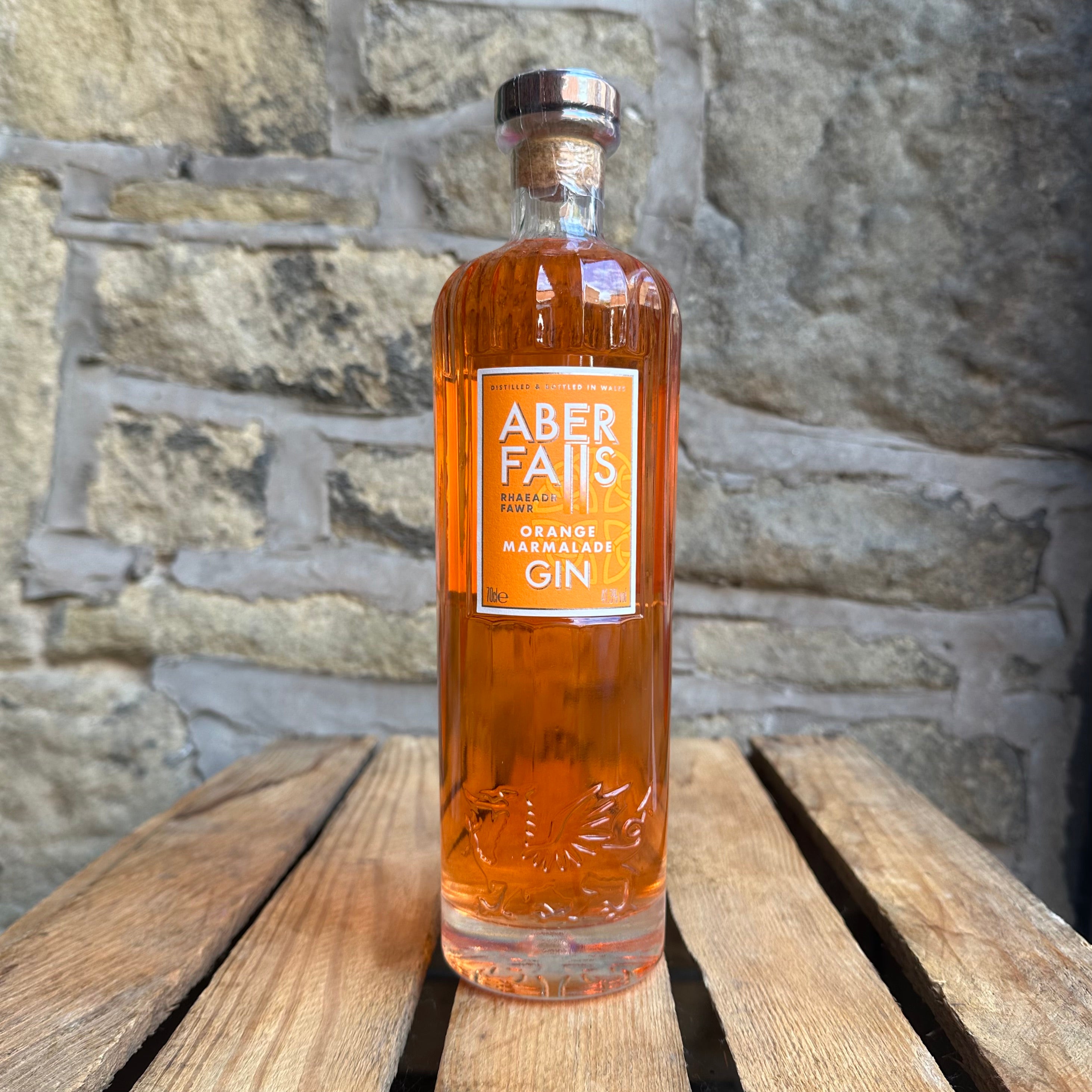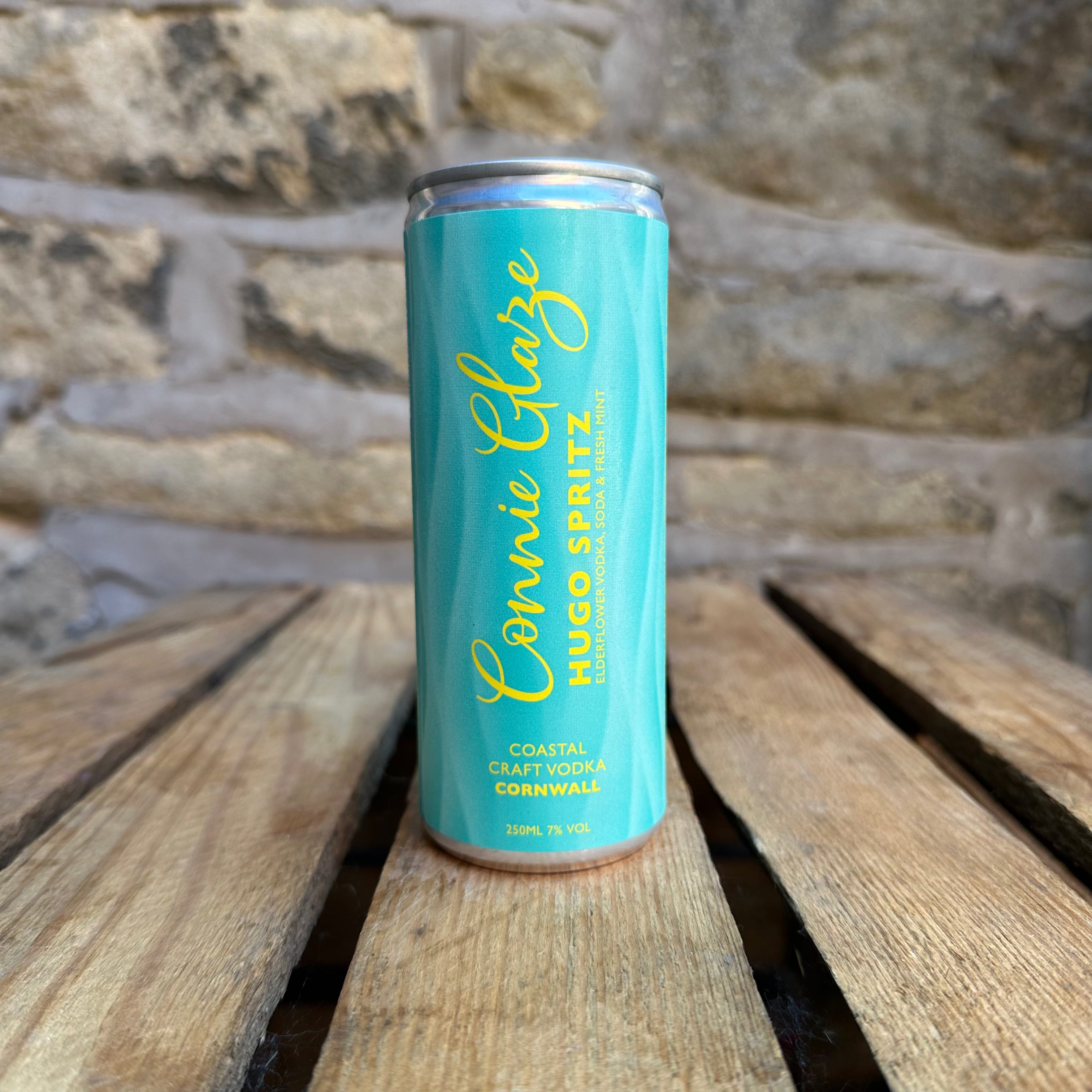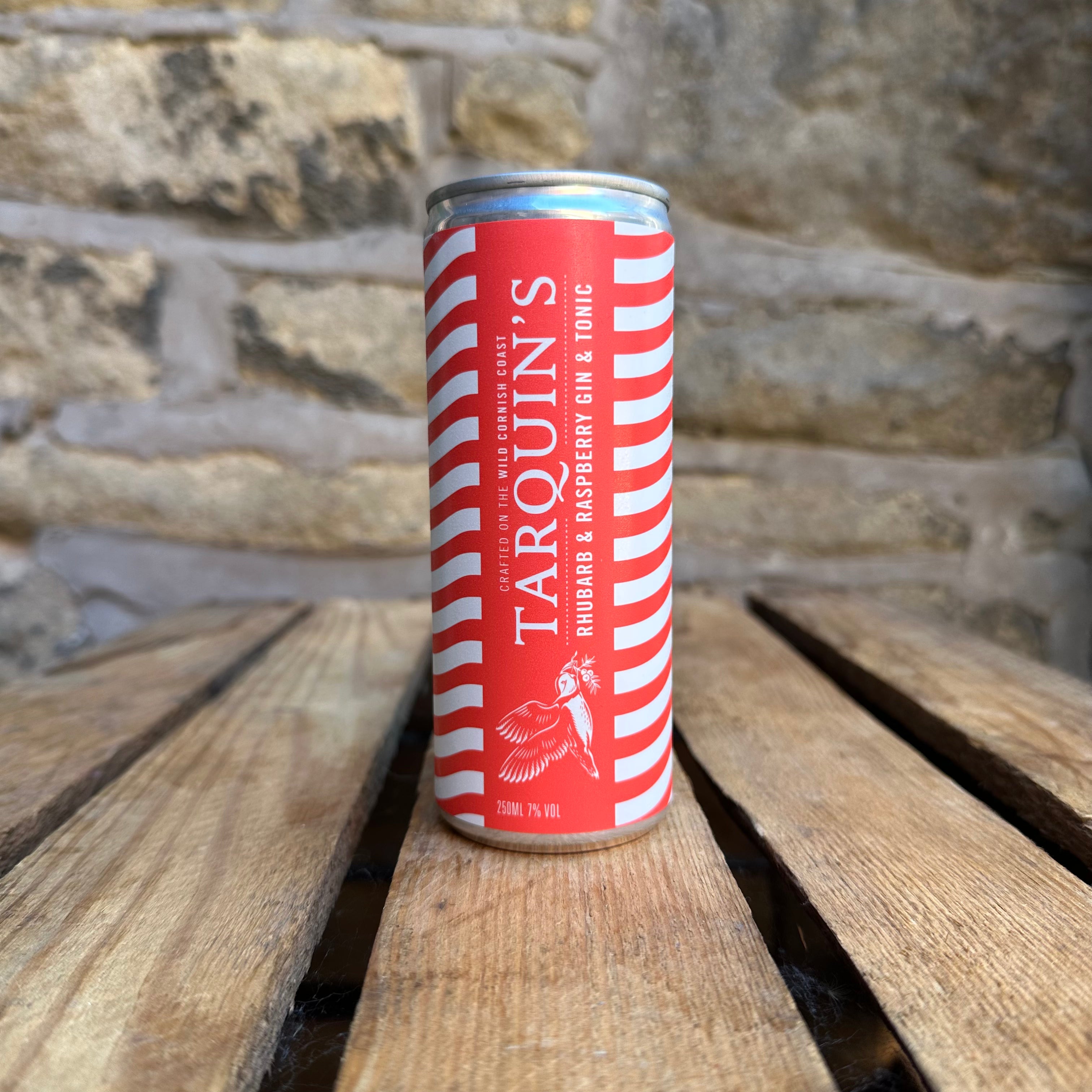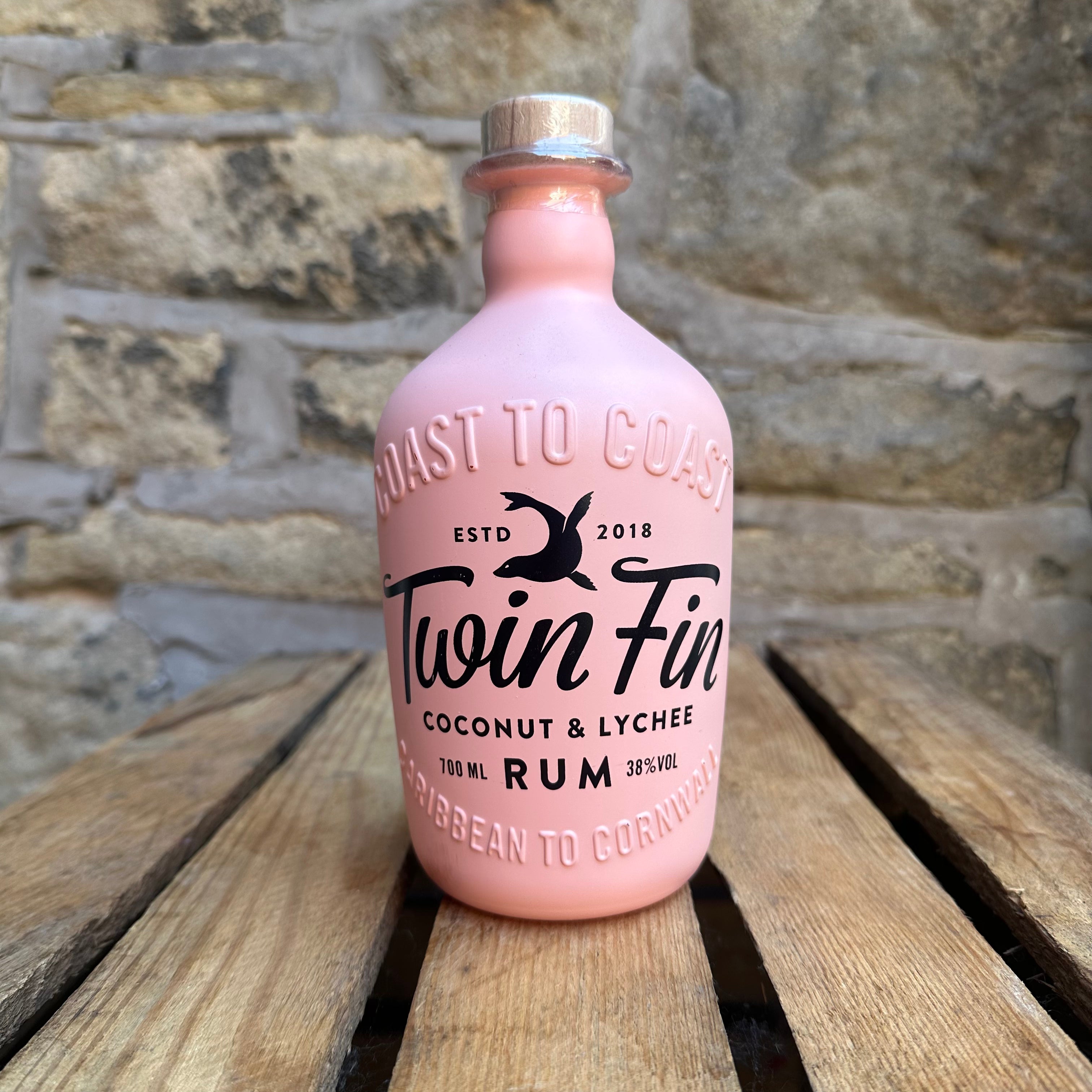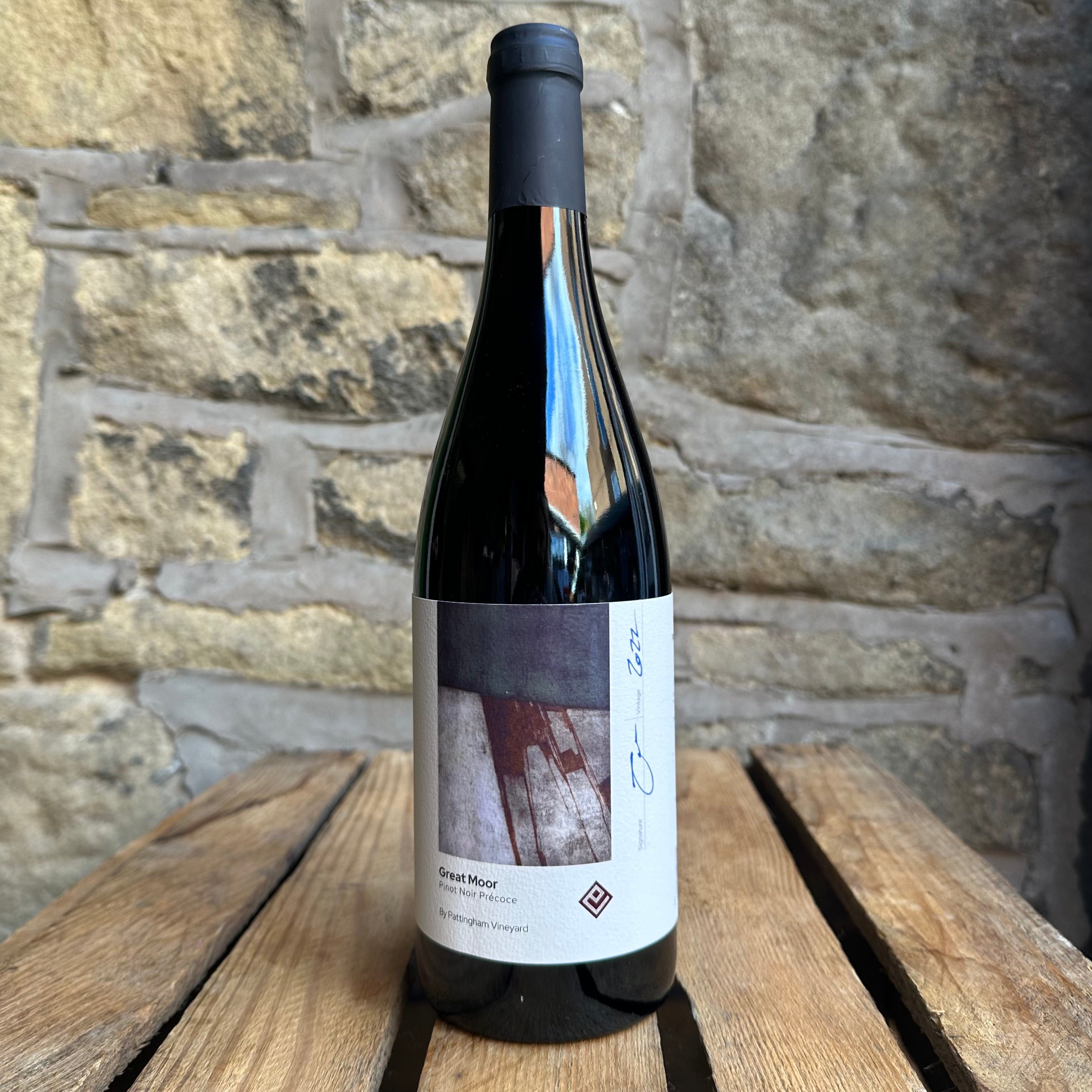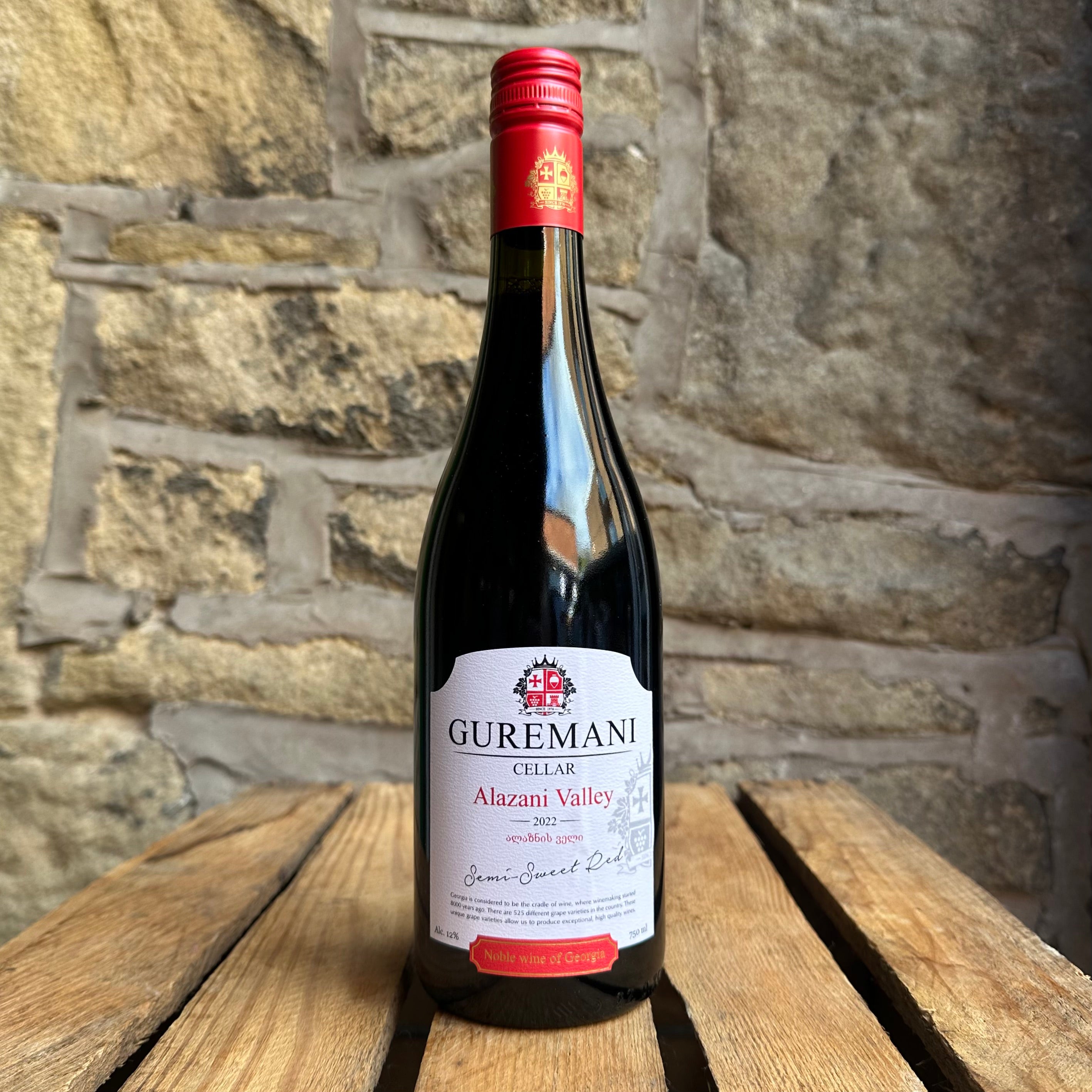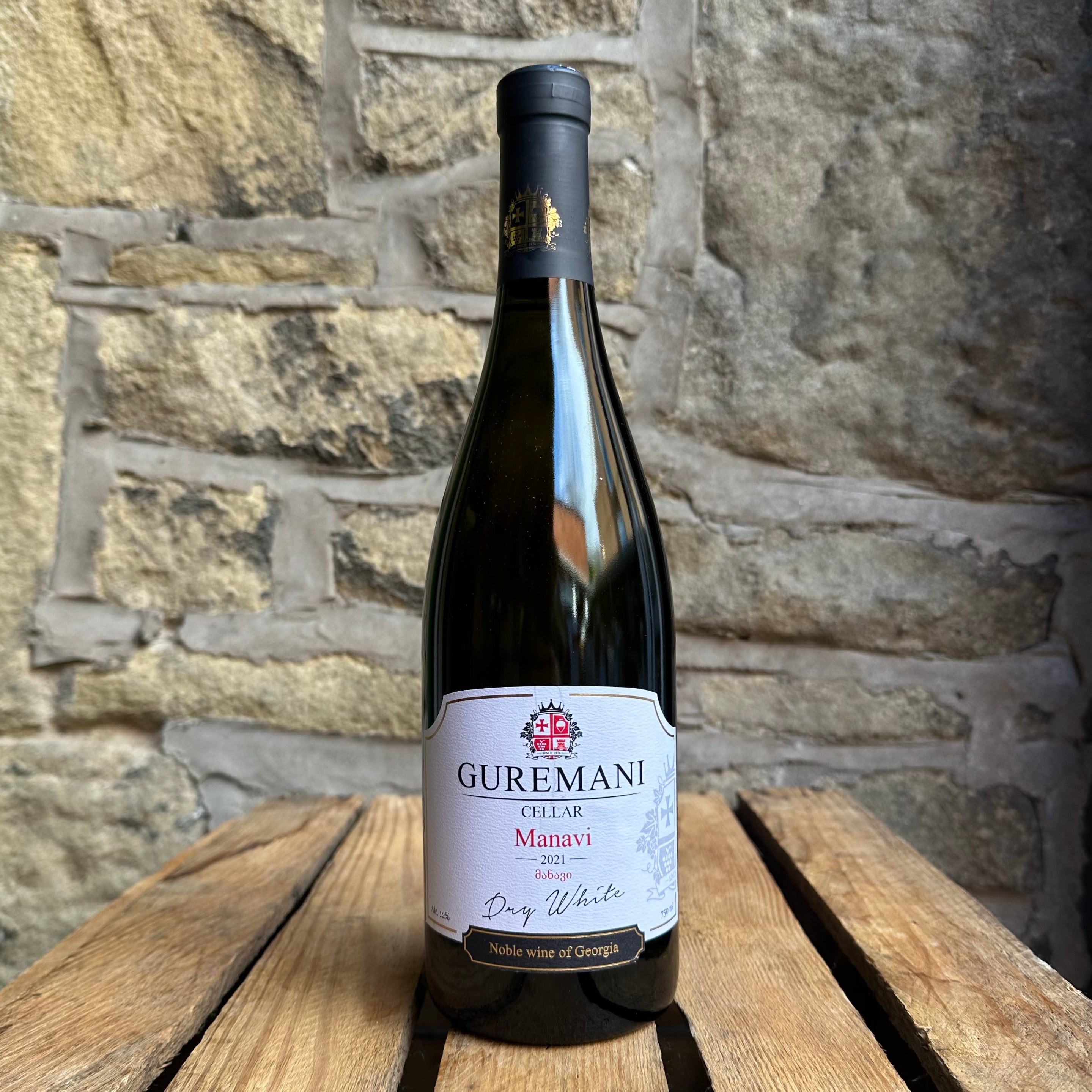SHIRAZ, also known as SYRAH, is a black grape born 2000 years ago in the French Rhone Valley. It become beloved for winemaking due to its resistance to disease, full body, fruity complexity, spice and high tannins making it suitable for long ageing, generally suiting 5-9 years with premium wines gaining complexity for up to 25 years.
The grape name is interchangeable, even though Syrah is its original name. Producers can have a tendency to use the grape name dependent on the wine type produced, so a Syrah indicates old world style and Shiraz new world, although this is obviously not an exact rule.
A popular accompaniment to meals, Shiraz/Syrah wines are excellent with a wide range of food, such as smoked, bbqd and roasted meats (red, game, pork), stews, walnuts, mature hard cheeses, chilli spice. The more herbacuous, roasted meats and game will suit old world style Syrah, whilst the sweeter deep and barbecued meats will work well with new world Shiraz.
It is important to note that Shiraz/Syrah is not the same grape as Petite Sirah, also known as Durif (but confusingly enough, still a separate grape!). Both are similar, with smaller grapes creating high tannins and concentrated flavour, and Durif is actually the result of a cross of Syrah and Peloursin grapes.
Back to the original Shiraz/Syrah grape. Its production began in the cooler climate of France and this style tends to denote OLD WORLD wine profiles with production also notable in Spain and Italy. These wines have more acidity and earthy-herbaceous aromas than Old World wines. Typical aromas and flavours can include floral (violet), smoke, raspberry, plum, blackberry, mulberry, cassis, mint, herbs (rosemary), black pepper, olives, earth, game, tobacco and charcoal.
NEW WORLD production was spearheaded by Australia, whose wine profiles also vary but tend to denote a typical warmer climate result that can be similar to Chile, Argentina and South Africa. Warmer climes produce wines with more dark fruit at the fore and more spice kick than its earthy and herbaceous counterparts. Typical aromas and flavours can include blackberry, blackcurrant, sweet blueberry, boysenberry, liquorice, smoke, cassis, violet, vanilla, chocolate, coffee, cloves and other spice.
Let's look at country styles in more detail, starting with Old World. FRENCH wines vary between areas of Rhone with the most wll known style in NORTHERN RHONE from Hermitage and Cote-Rotie with wines often labelled Cotes du Rhone and blended with Grenache and/or Mourvedre. They typically show smoke, violet, pepper, mint, spice, raspberry, mulberry or inky, dark blueberry and plum, gaining more game and leather with age. Grand Retour is an good example of reasonable price and maximum quality, packed with silky, dark fruit, and notes of spice, and rounded off with a long, earthy and savoury finish. Our Clos des Grives from the famous Crozes-Hermitage appellation has a rich, complex nose of chocolate and mocha underlaid by intense fruit character and a hint of tobacco, with a rare mixture of complexity, concentration and elegance on the finish.
SOUTHERN RHONE are often fuller, richer versions with more dark fruit and hints of chocolate. Chateauneuf du Pape is the most famed production area, producing heavier, richer blends, with other excellent areas such as Gigondas and Vacqueyras also producing rich, dark fruit-driven Syrah blends.
ITALIAN Syrah takes on the lighter French style but still with full body, tending to show many more red fruits. For example, our Columba Vitese shows an abundance of ripe red berried fruit aromas complemented by subtle hints of vanilla, penetrating through to the long,aromatic finish. Gazzera blends Nero D'Avola with Syrah for more intense blackberry and violet scents, all wrapped up with a warm and spicy finish.
AUSTRALIA was so successful with the grape that they made the alternate name, Shiraz, known and accepted globally. Australian Shiraz varies dependent on region, with the warmer Barossa Valley & McLaren Vale showing more chocolate, plums, blackcurrant, brambles and liquorice, whilst cooler Victoria & New South Wales bring more black pepper, mint and hints of raspberry. Battle of Bosworth Puritan Shiraz from McLaren Vale hits with a blast of dark fruits (damsons, blackberries, blueberries) and rich dark chocolate. Thistledown The Basket Case from Barossa Valley is a powerful, glossy, deep and intense wine packed with black fruits, baking spices and liquorice.
Australia also introduced the highly successful Shiraz-Cabernet Sauvignon blend, producing more ripe dark fruits such as black cherry plus hints of wood (cedar) and sweet spice (cinnamon). One Chain's The Wrong 'Un is a rich, well balanced example with lush black fruits coupled with touches of woodspice, liquorice and cassis.
Shiraz has only recently become very popular in SOUTH AFRICA, with particular success from producers in Stellenbosch, Paarl and Franschoek. Again with these warmer climes, wines tend to show plum, blackcurrant, chocolate, spice, herbs and leather. Spier 1692 from Stellenbosch shows spice and ripe plums on the nose and palate with an undertow of brulied sugar, soft tannins and a creamy aftertaste, whilst Cederberg's varietal goes through elegant oaking, expressing sweet vanilla and mocha with intense fruit flavours.




